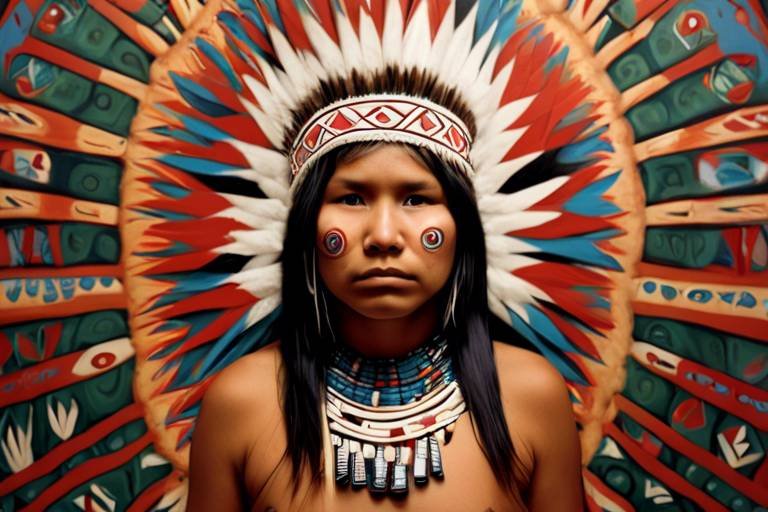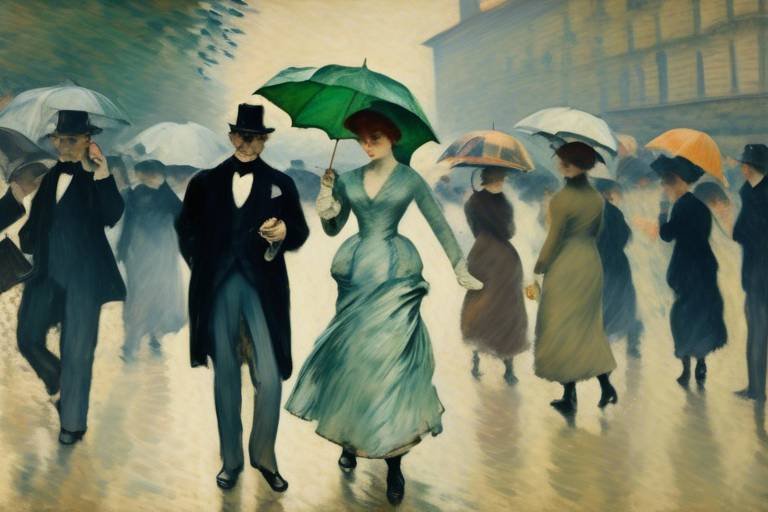The Role of Art in Indigenous Identity
Art serves as a profound and multifaceted tool for Indigenous communities worldwide, playing a pivotal role in expressing, preserving, and celebrating their cultural heritage and identity. Through various art forms, Indigenous peoples communicate their traditions, stories, and beliefs, weaving a rich tapestry of visual narratives that reflect their unique cultural identities.
Visual representations of tradition in Indigenous art are more than just aesthetically pleasing; they are powerful symbols that reinforce and transmit Indigenous identity across generations. Artworks depicting traditional practices, symbols, and stories serve as a visual language that connects community members to their roots and fosters a sense of belonging and pride in their heritage.
Furthermore, Indigenous art has often been a form of resistance against colonialism and a means of resilience in the face of historical trauma. By reclaiming their artistic expressions, Indigenous artists assert their autonomy and agency, challenging dominant narratives and asserting their presence in the contemporary art world.
The deep connection between Indigenous art and spirituality is evident in the profound symbolic meanings embedded in many artworks. These symbols reflect cultural beliefs, values, and cosmologies, serving as a bridge between the material and spiritual realms and embodying the interconnectedness of all living beings.
Art also plays a crucial role in revitalizing Indigenous languages, incorporating written or spoken words into visual creations to preserve and promote linguistic diversity. Through art, Indigenous communities reclaim and revitalize their languages, ensuring that future generations continue to speak and understand their ancestral tongues.
Moreover, art serves as a tool for healing and empowerment within Indigenous communities, providing a safe space for self-expression, storytelling, and cultural resurgence. Through artistic practices, individuals can navigate intergenerational trauma, reclaim lost narratives, and foster a sense of agency and resilience.
Despite the challenges faced by Indigenous artists in gaining recognition and opportunities in the mainstream art world, there are ongoing efforts to promote inclusivity and diversity. By amplifying Indigenous voices and perspectives, the art world can become a more equitable and representative space for artists from diverse cultural backgrounds.
Indigenous artists are constantly innovating and blending traditional techniques with contemporary styles to create groundbreaking artworks that reflect their evolving identities and experiences. This artistic innovation not only showcases the richness and diversity of Indigenous cultures but also challenges stereotypes and expands the boundaries of artistic expression.
On a global scale, Indigenous art movements are making a significant impact, shaping conversations around cultural diversity, social justice, and environmental sustainability. Through their creative expressions, Indigenous artists are challenging dominant narratives, advocating for Indigenous rights, and fostering cross-cultural understanding and solidarity.
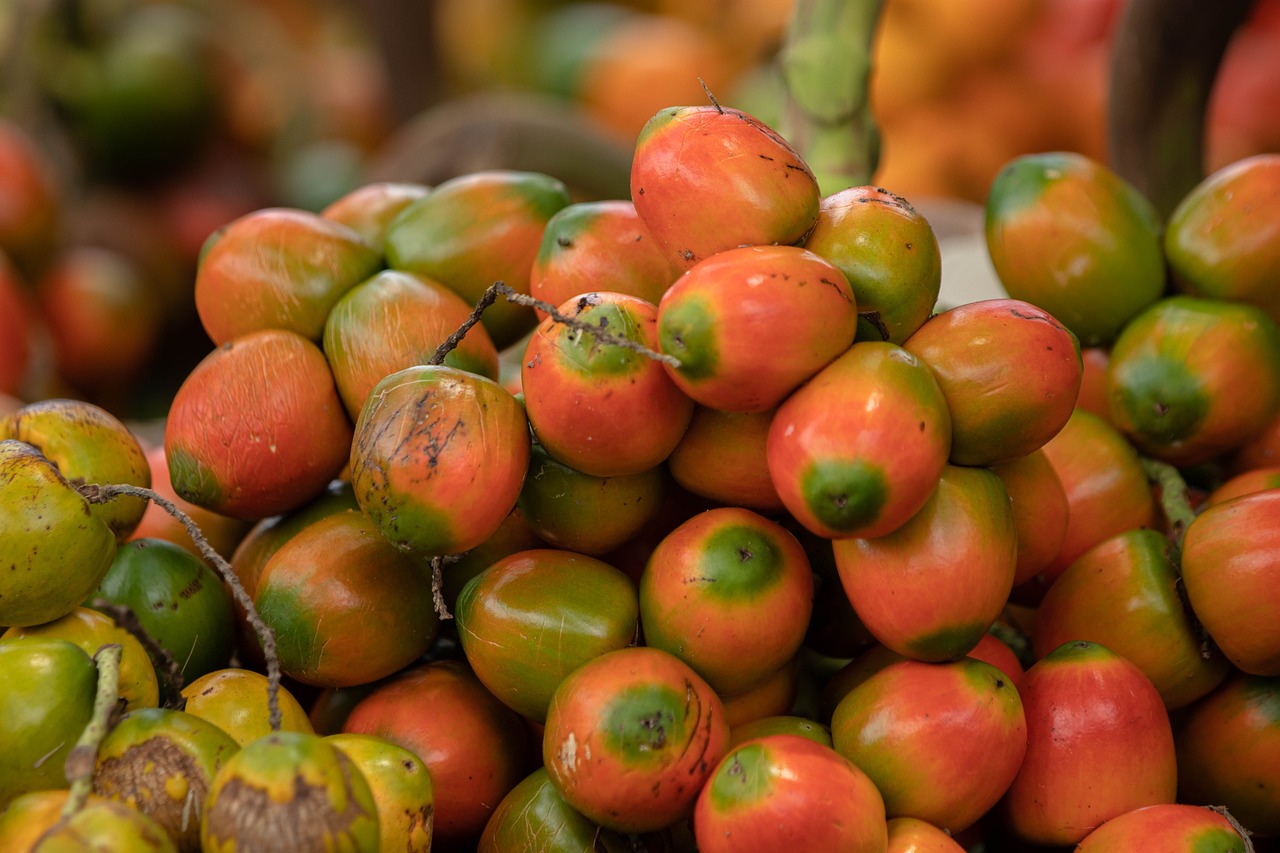
Visual Representations of Tradition
Visual representations of tradition in Indigenous art hold a profound significance in preserving and transmitting cultural heritage across generations. Through intricate artworks that depict traditional practices, symbols, and stories, Indigenous communities showcase their rich history and deep-rooted connections to the land. These visual creations serve as a powerful tool for reinforcing the identity of Indigenous peoples, acting as visual narratives that speak volumes about their cultural values and beliefs.
Artworks portraying traditional elements such as ceremonial rituals, ancestral symbols, and mythical stories not only celebrate the vibrant traditions of Indigenous cultures but also serve as a form of storytelling that transcends language barriers. Each stroke of the brush or carving in the wood carries with it the essence of centuries-old customs, offering a window into the collective memory of Indigenous communities.
Furthermore, visual representations of tradition in Indigenous art play a vital role in reclaiming narratives that have been marginalized or misrepresented throughout history. By depicting their cultural practices and beliefs through art, Indigenous artists assert their presence and challenge dominant narratives that have often silenced their voices. In a world where mainstream art has often overshadowed Indigenous artistic expressions, these visual representations stand as powerful assertions of identity and resilience.
Moreover, the use of traditional motifs and symbols in Indigenous art serves as a form of cultural revitalization, breathing new life into age-old traditions and ensuring their continuity in a rapidly changing world. Artists skillfully weave together elements of the past with contemporary techniques, creating visually striking pieces that honor the legacy of their ancestors while also reflecting their own unique perspectives and experiences.
Overall, visual representations of tradition in Indigenous art not only serve as a means of cultural preservation but also as a form of artistic resistance against the erasure of Indigenous identities. Through their creative expressions, Indigenous artists continue to enrich the global art landscape with their unique perspectives, fostering greater understanding and appreciation for the diverse and vibrant cultures they represent.
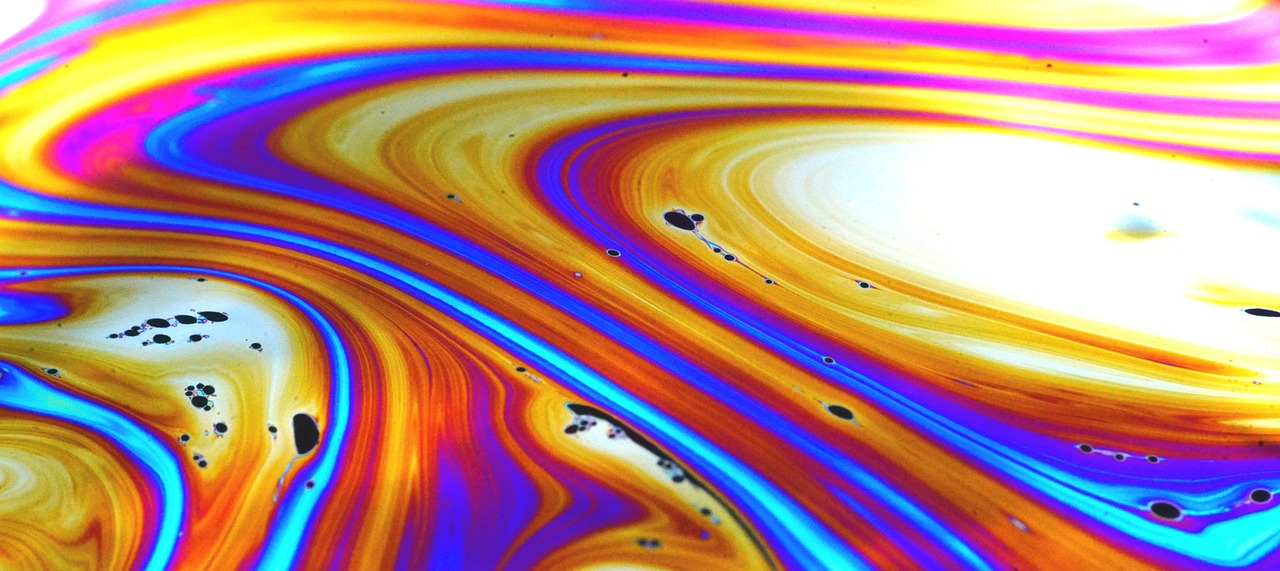
Art as Resistance and Resilience
Exploring how art serves as a powerful tool for expressing, preserving, and celebrating the cultural heritage and identity of Indigenous communities around the world.
Indigenous art has long served as a form of resistance against colonialism, a powerful tool wielded in the face of oppression. Through vibrant paintings, intricate crafts, and striking sculptures, Indigenous artists have boldly asserted their presence and resilience in the midst of adversity. Each stroke of the brush, each carving in the wood, is a testament to the unwavering spirit of a people who refuse to be silenced. The art becomes a shield, a weapon against erasure, a beacon of hope in the darkness of historical trauma.
Moreover, Indigenous art embodies resilience, a profound ability to endure and thrive despite centuries of challenges. It weaves tales of survival, strength, and perseverance into its very fabric, echoing the indomitable spirit of Indigenous communities worldwide. In the face of cultural assimilation and systemic injustices, art stands as a defiant expression of identity, a refusal to be forgotten or overlooked.
Through art, Indigenous communities reclaim their narratives, rewrite their histories, and assert their presence in a world that has often sought to diminish them. It is a form of resistance that transcends words, speaking volumes through colors, shapes, and textures. The art is not just a creation; it is a declaration, a proclamation of existence in a world that has tried to erase Indigenous voices.
As Indigenous artists continue to create, innovate, and challenge the status quo, their art remains a potent force for resistance and resilience, a living testament to the strength and beauty of Indigenous cultures.
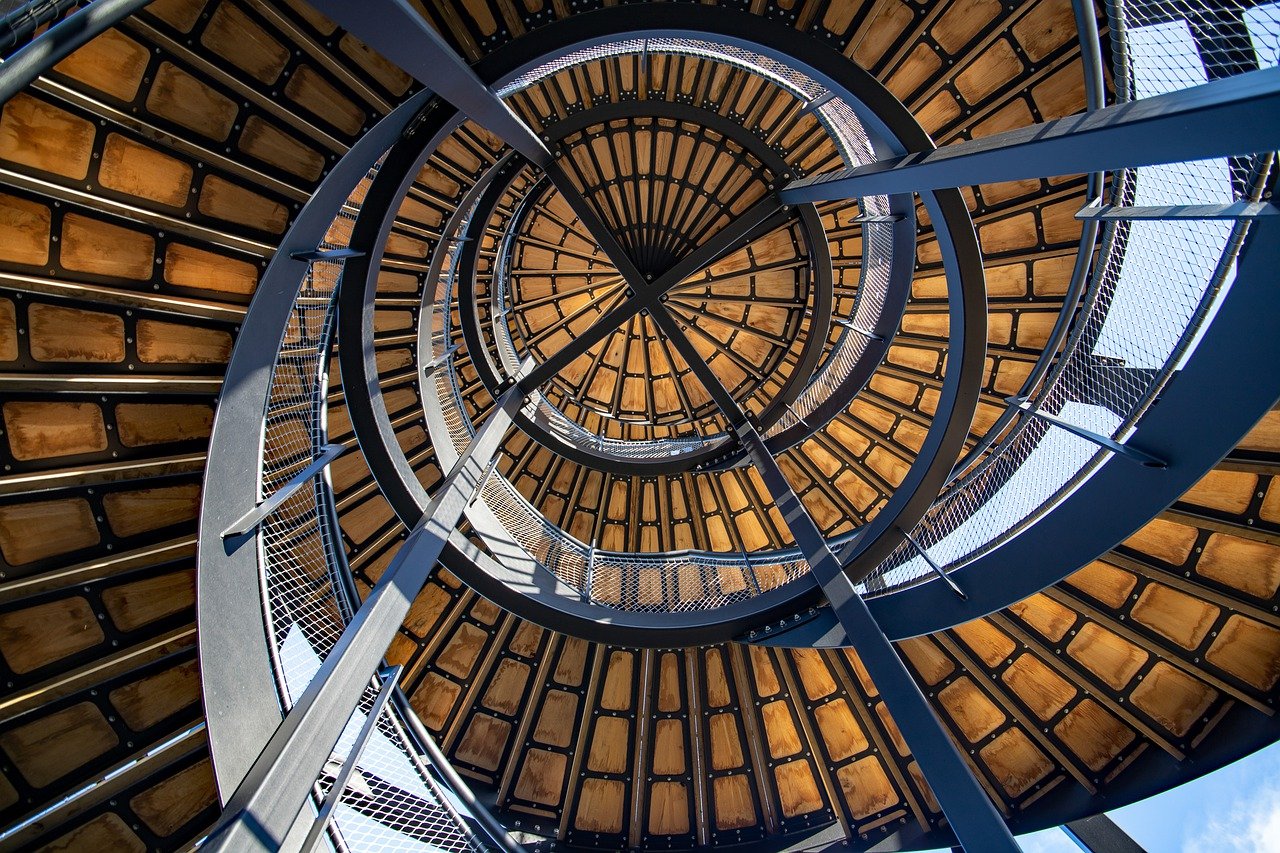
Symbolism and Spirituality in Indigenous Art
Exploring how art serves as a powerful tool for expressing, preserving, and celebrating the cultural heritage and identity of Indigenous communities around the world.
The deep connection between Indigenous art and spirituality is profound, with many artworks carrying symbolic meanings that reflect cultural beliefs and values. These artworks often serve as visual representations of the spiritual world, conveying stories and teachings that have been passed down through generations. Symbolism in Indigenous art is not merely decorative but holds significant cultural significance, acting as a bridge between the physical and spiritual realms.
Indigenous art is imbued with spiritual elements that connect the artist and the viewer to the natural world, ancestors, and the cosmos. Symbols such as animals, plants, and geometric patterns are not just aesthetic choices but carry spiritual meanings that convey a deeper understanding of the interconnectedness of all living beings. Through these symbols, Indigenous artists communicate complex spiritual concepts and teachings that are integral to their cultural identity.
Moreover, spirituality in Indigenous art goes beyond visual representation; it is a way of life and a means of connecting with the divine. Artworks are created with intention and ceremony, often involving rituals and prayers to infuse them with spiritual power. The act of creating art becomes a sacred practice, honoring ancestral knowledge and maintaining a harmonious relationship with the spiritual world.
Indigenous art serves as a visual language through which spiritual beliefs and values are communicated, fostering a deep sense of connection to the past, present, and future. By exploring the symbolism and spirituality embedded in Indigenous art, we gain insight into the rich cultural tapestry and profound spiritual heritage of Indigenous communities worldwide.
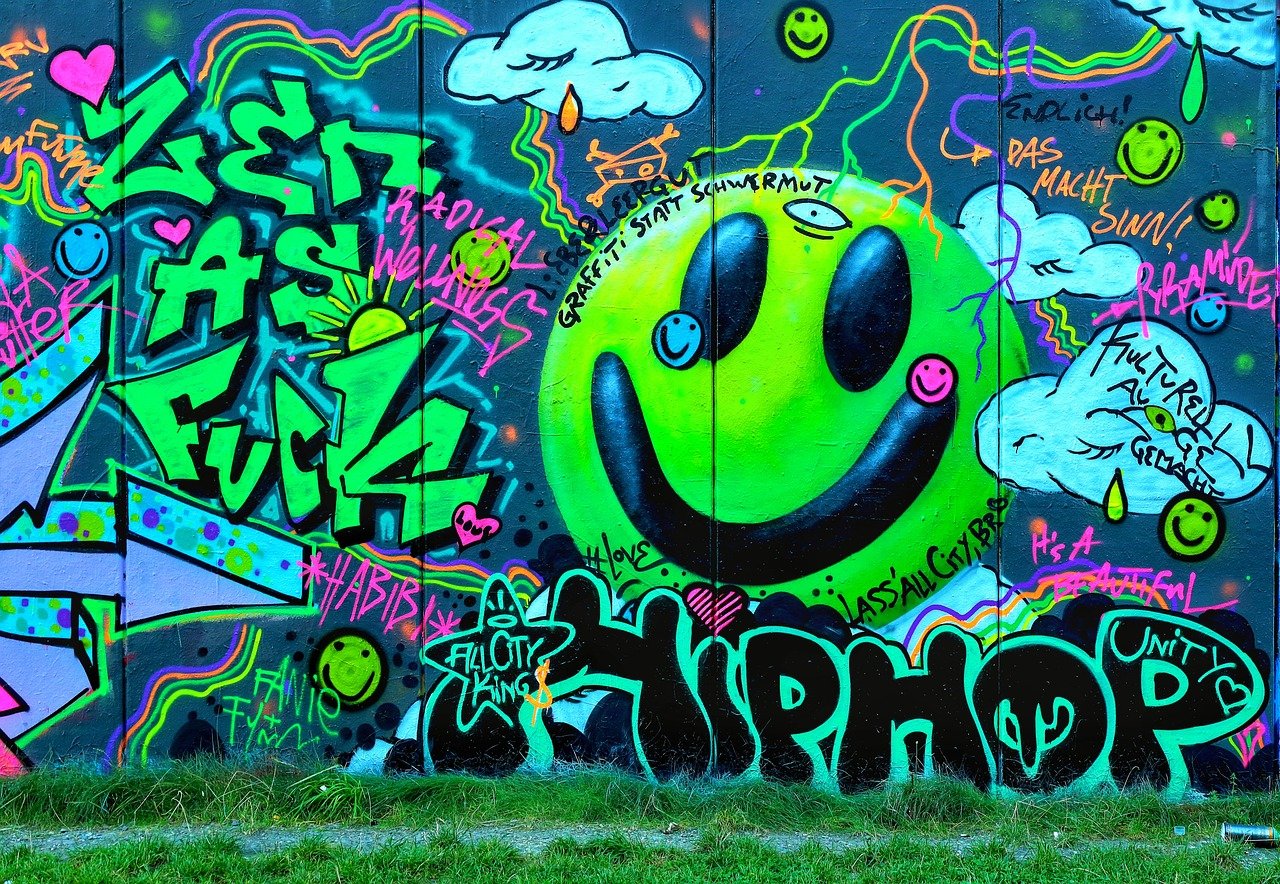
Revitalizing Indigenous Languages through Art
Art plays a vital role in revitalizing Indigenous languages, serving as a powerful medium for preserving and promoting linguistic diversity within Indigenous communities. Through visual representations and artistic expressions, Indigenous artists embed language into their creations, bridging the gap between traditional oral communication and contemporary visual forms. This fusion of language and art not only helps in preserving endangered languages but also sparks interest and curiosity among younger generations, fostering a sense of pride and connection to their linguistic heritage.
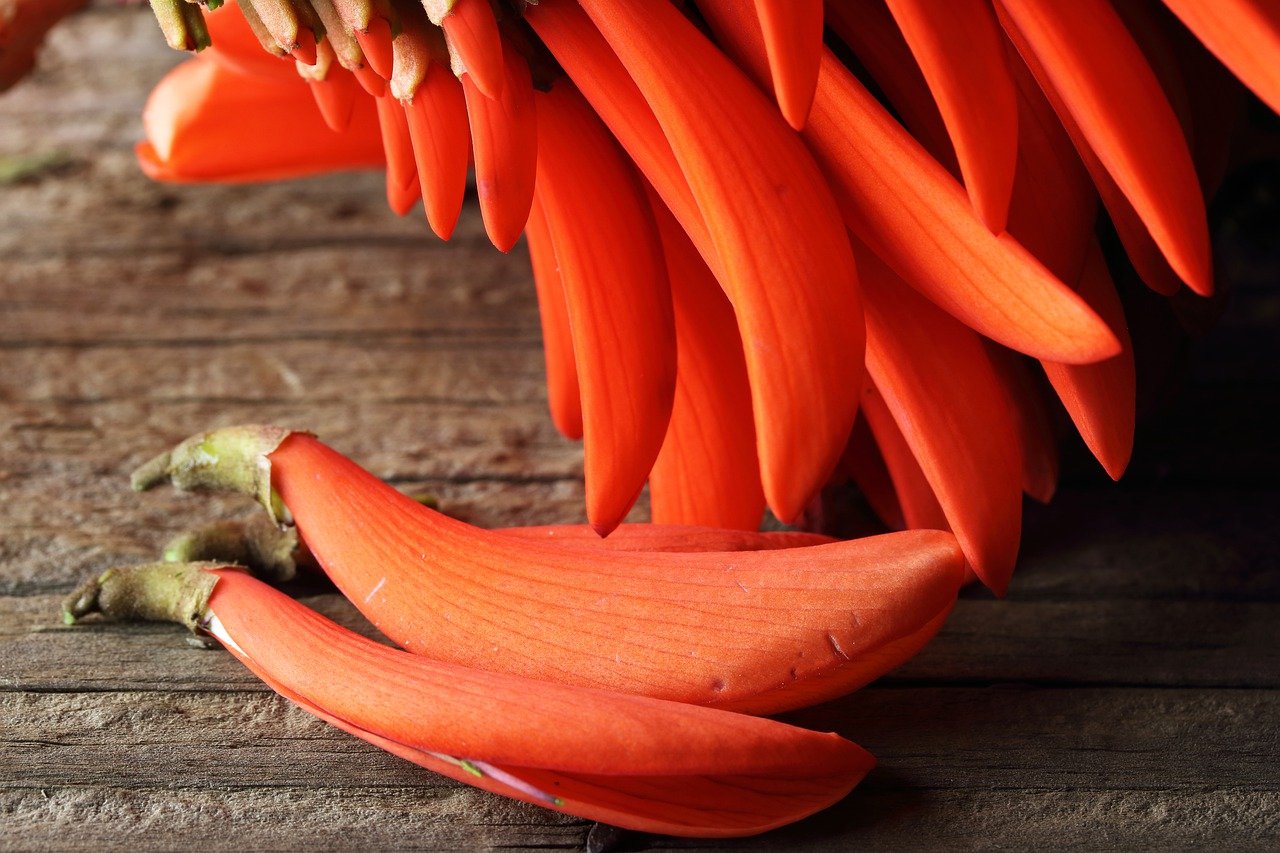
Art as a Tool for Healing and Empowerment
Art has always been a powerful tool for healing and empowerment within Indigenous communities. Through various forms of artistic expression, individuals can find solace, strength, and a sense of empowerment that transcends words. The act of creating art itself can be a cathartic experience, allowing individuals to process emotions, trauma, and experiences that may be difficult to articulate verbally.
Moreover, art serves as a medium for storytelling and sharing experiences within the community, fostering a sense of connection and solidarity. By visually representing their stories and struggles, Indigenous artists not only heal themselves but also empower others to voice their own narratives and reclaim their identities.
Art as a tool for healing goes beyond individual therapy; it can also be a collective healing process for communities affected by historical trauma and systemic injustices. Through collaborative art projects and community initiatives, Indigenous groups can come together to address shared challenges, honor their resilience, and envision a better future.
Furthermore, art plays a crucial role in empowering Indigenous voices and advocating for social change. By using their creativity and artistic skills, individuals can raise awareness about pressing issues, challenge stereotypes, and demand justice for their communities. Art becomes a platform for activism, allowing Indigenous artists to amplify their voices and make a lasting impact on society.
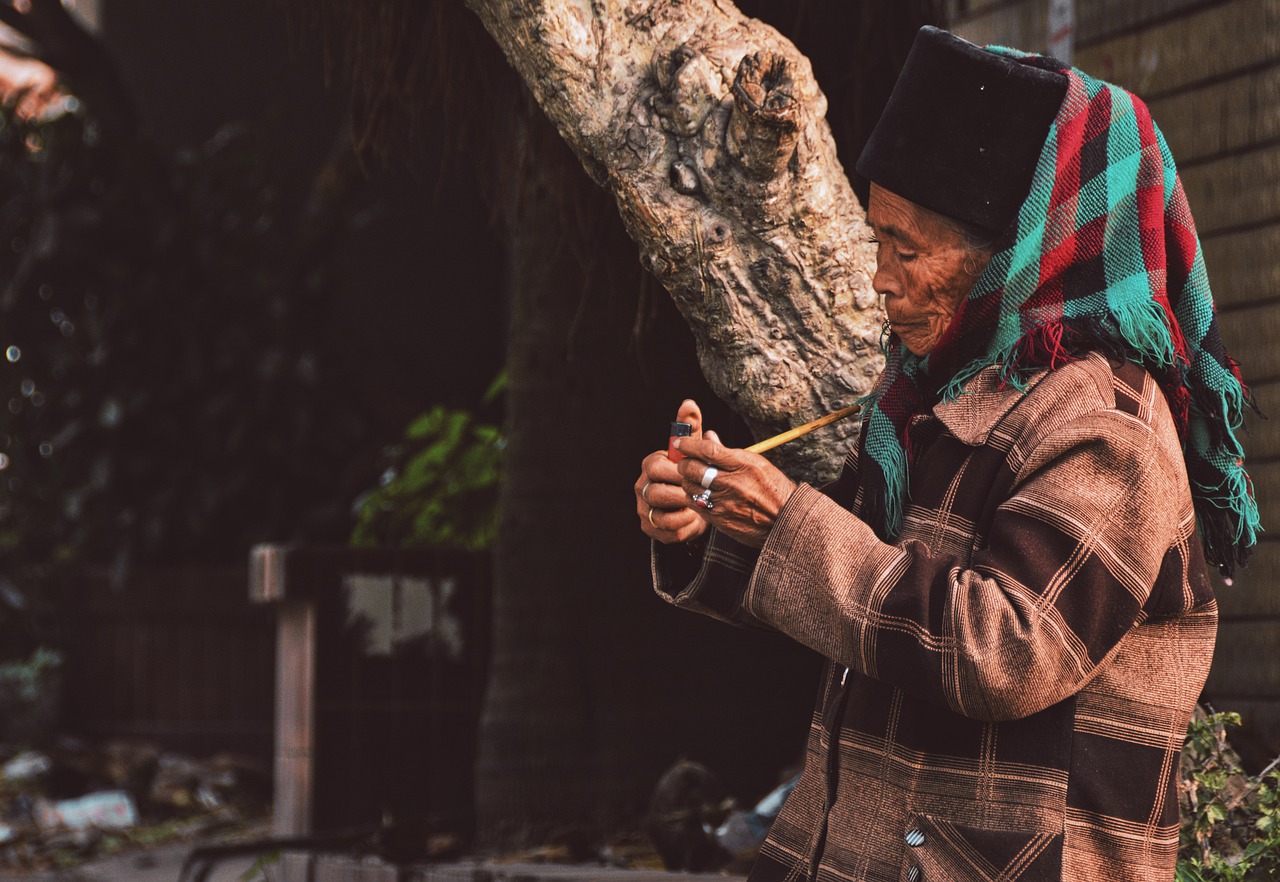
Challenges and Opportunities in the Art World
Exploring how art serves as a powerful tool for expressing, preserving, and celebrating the cultural heritage and identity of Indigenous communities around the world.
Artists from Indigenous communities face unique challenges in gaining recognition and opportunities within the mainstream art world. Despite the richness and depth of their artistic expressions, they often encounter barriers that limit their visibility and success. These challenges stem from historical marginalization, cultural appropriation, and a lack of representation in art institutions.
One of the primary obstacles Indigenous artists face is the commodification of their cultural heritage. Their art is sometimes exploited for commercial gain without proper acknowledgment or compensation. This exploitation not only undermines the authenticity of their work but also perpetuates stereotypes and misconceptions about Indigenous cultures.
Moreover, the art world's tendency to prioritize Western artistic norms and styles can marginalize Indigenous artists, making it difficult for them to break into mainstream art markets. Lack of access to resources, exhibition spaces, and mentorship further exacerbates this issue, limiting the visibility of Indigenous art on a global scale.
Despite these challenges, there are also opportunities for Indigenous artists to showcase their talents and amplify their voices. The growing interest in diverse and inclusive art practices has created spaces for Indigenous artists to share their stories and perspectives with a broader audience. Collaborations with non-Indigenous artists and organizations can also provide platforms for cross-cultural dialogue and creative exchange.
Efforts to promote diversity and representation in the art world are opening doors for Indigenous artists to participate in international exhibitions, residencies, and art fairs. By engaging with art institutions and advocacy groups, Indigenous artists can advocate for greater recognition and respect for their cultural heritage and artistic contributions.
Overall, the art world presents both challenges and opportunities for Indigenous artists to navigate as they strive to assert their identities, challenge stereotypes, and contribute to the rich tapestry of global artistry.
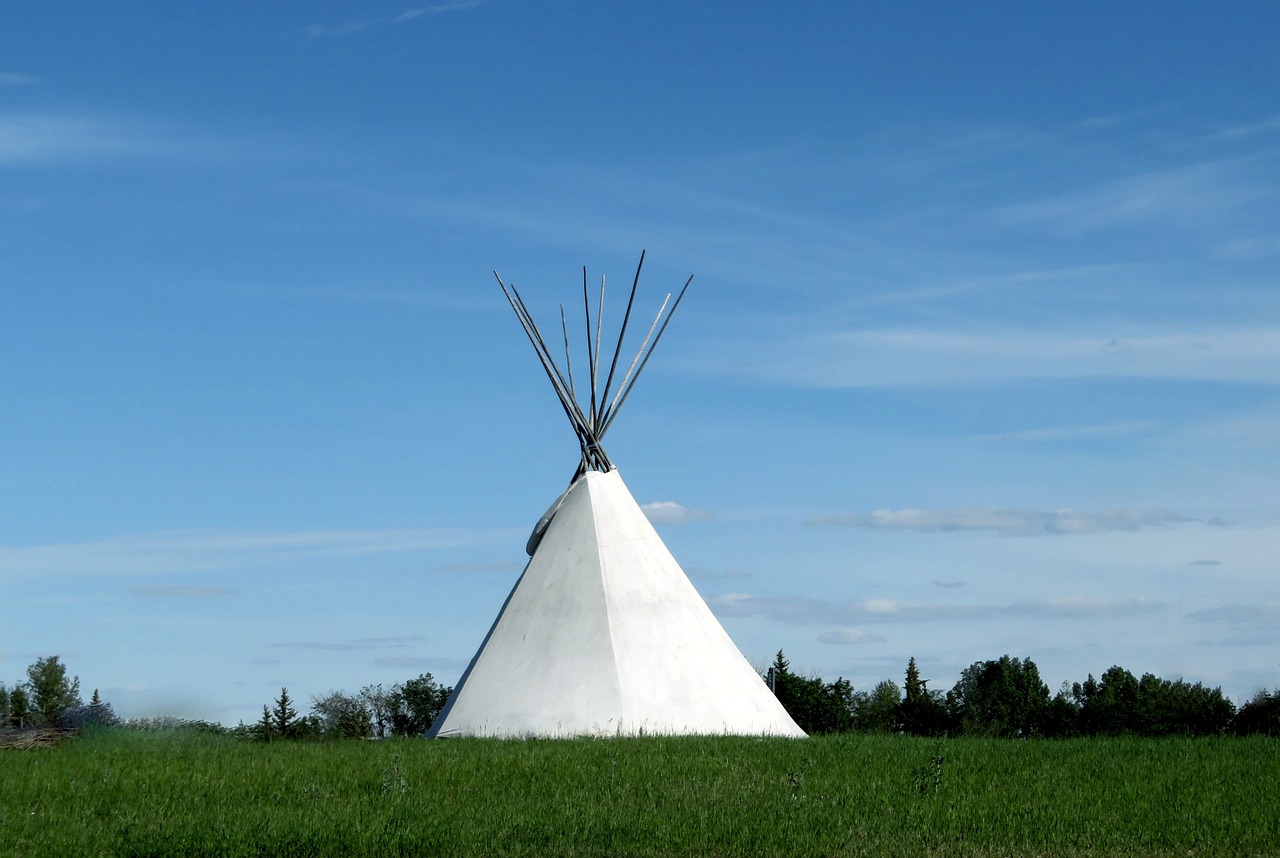
Artistic Innovation and Contemporary Expressions
Exploring how art serves as a powerful tool for expressing, preserving, and celebrating the cultural heritage and identity of Indigenous communities around the world.
Indigenous artists are constantly pushing boundaries and exploring new horizons, blending traditional techniques with contemporary styles to create innovative artworks that reflect their evolving identities and experiences. This fusion of the old and the new results in captivating pieces that not only honor their heritage but also speak to the modern world.
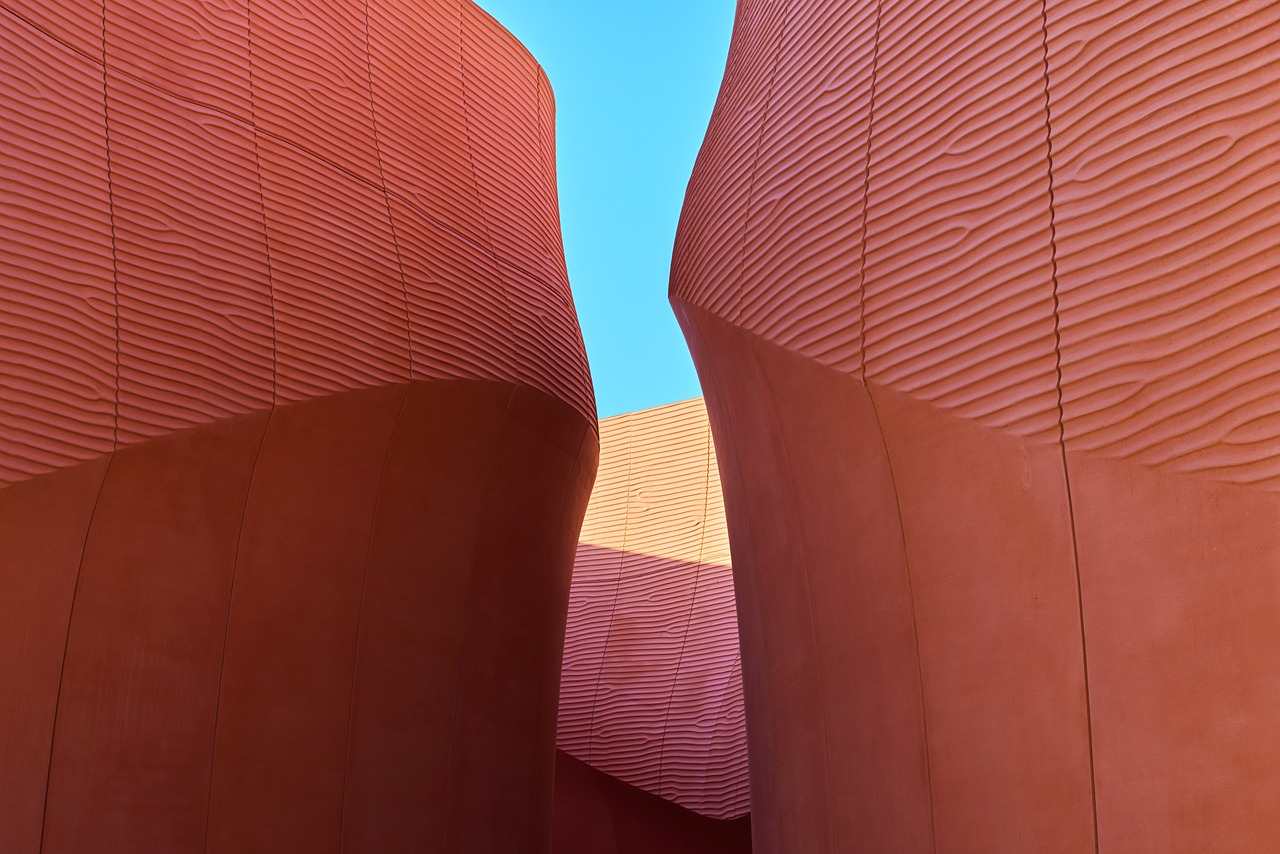
Global Impact of Indigenous Art Movements
Indigenous art movements have transcended local boundaries to make a significant impact on the global stage, resonating with audiences worldwide. These movements not only showcase the rich cultural heritage and artistic talents of Indigenous communities but also challenge conventional art norms and narratives. Through their unique visual language and storytelling, Indigenous artists have sparked conversations around cultural diversity, social justice, and environmental sustainability.
One of the key aspects of the global impact of Indigenous art movements is their ability to bridge cultural divides and foster cross-cultural understanding. By sharing their stories and perspectives through art, Indigenous artists have been able to connect with people from diverse backgrounds, creating a sense of empathy and solidarity. This exchange of ideas and experiences has contributed to a more inclusive and interconnected global art scene.
Furthermore, Indigenous art movements have played a crucial role in advocating for Indigenous rights and raising awareness about issues such as land rights, environmental conservation, and cultural preservation. Through their artworks, Indigenous artists have been able to amplify their voices and draw attention to pressing social and political issues, bringing about positive change and inspiring action.
Indigenous art movements have also influenced mainstream art practices and institutions, prompting a reevaluation of traditional art hierarchies and Eurocentric perspectives. The recognition and celebration of Indigenous art forms have led to a greater appreciation for diverse artistic expressions and a shift towards more inclusive and equitable art spaces.
As Indigenous art continues to gain recognition and popularity on a global scale, it serves as a powerful reminder of the resilience, creativity, and cultural richness of Indigenous communities. By embracing and supporting Indigenous art movements, individuals and institutions can contribute to the preservation and promotion of Indigenous heritage and identity, fostering a more diverse and vibrant artistic landscape for future generations.
Frequently Asked Questions
- What is the significance of art in Indigenous identity?
Art plays a crucial role in expressing, preserving, and celebrating the cultural heritage and identity of Indigenous communities worldwide. It serves as a powerful tool for transmitting traditional practices, symbols, stories, and values across generations.
- How does Indigenous art contribute to resistance and resilience?
Indigenous art has been used as a form of resistance against colonialism and as a means of resilience in the face of historical trauma. It embodies the strength, perseverance, and cultural pride of Indigenous peoples, showcasing their ability to overcome adversity through creative expression.
- What role does symbolism and spirituality play in Indigenous art?
Indigenous art is deeply intertwined with spirituality, with many artworks carrying profound symbolic meanings that reflect cultural beliefs and values. These symbols often convey connections to the natural world, ancestral wisdom, and the spiritual realms, enriching the cultural significance of the art.
- How does art contribute to the revitalization of Indigenous languages?
Art is utilized as a powerful tool to revitalize and preserve Indigenous languages by incorporating written or spoken words into visual creations. Through art, Indigenous languages are given a visual presence, helping to reinforce linguistic identity and promote language revitalization efforts within communities.
- What are the challenges faced by Indigenous artists in the art world?
Indigenous artists often encounter barriers in gaining recognition and opportunities in the mainstream art world, including issues of cultural appropriation, lack of representation, and limited access to resources. Efforts are being made to promote inclusivity, diversity, and equitable opportunities for Indigenous artists.
- How do Indigenous artists blend traditional and contemporary styles in their artworks?
Indigenous artists blend traditional techniques with contemporary styles to create innovative artworks that reflect their evolving identities and experiences. This fusion of old and new allows for the creation of unique and dynamic art pieces that bridge the gap between tradition and modernity.
- What is the global impact of Indigenous art movements?
Indigenous art movements have a growing influence on the global stage, shaping conversations around cultural diversity, social justice, and environmental sustainability. These movements highlight the importance of Indigenous voices, perspectives, and artistic expressions in promoting cross-cultural understanding and positive societal change.

